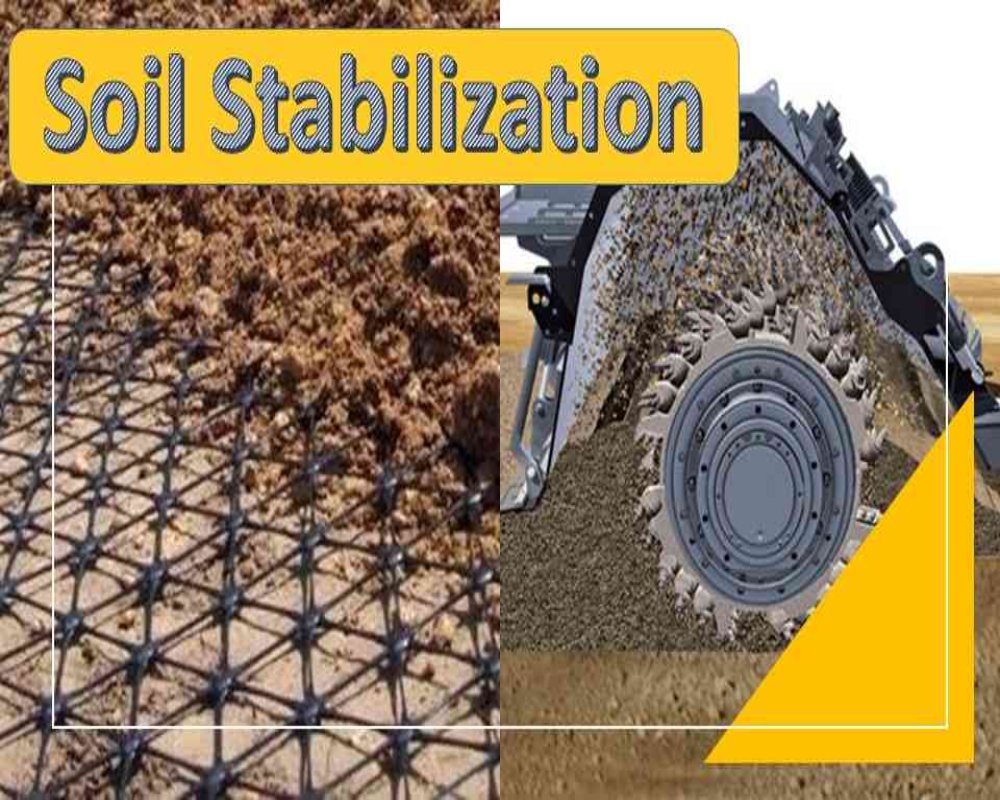In a significant shift toward more realistic pricing, soil stabilization and drainage costs are now being factored into industrial land valuation models. Traditionally, land valuations focused primarily on location, zoning status, and basic infrastructure availability, often overlooking site-specific development challenges. However, experience has shown that poor soil conditions and inadequate drainage systems can dramatically escalate project costs and delay timelines. Investors and developers are demanding that these critical factors be accounted for upfront to avoid unexpected capital expenditures. New valuation practices involve technical assessments of soil bearing capacity, flood risk, and drainage infrastructure readiness. This leads to a more accurate reflection of the true developability and cost implications of industrial land parcels.
Incorporating soil and drainage conditions into valuation models helps distinguish between fully developable plots and those requiring significant upfront remediation. Land with poor geotechnical properties now attracts appropriate discounts, while plots with engineered drainage systems and stable foundations command a premium. Valuers increasingly rely on detailed site surveys, hydrological studies, and geotechnical reports to assign risk-adjusted land prices. This shift is particularly critical for industrial corridors prone to monsoonal flooding, clayey subsoils, or low-lying topographies. Financial institutions also favor these refined models, as they reduce the likelihood of loan defaults arising from unexpected development hurdles. The new approach aligns land pricing more closely with actual project feasibility and risk exposure.
The integration of soil stabilization and drainage considerations marks a maturing of industrial land valuation standards, moving toward more technical, data-driven assessments. Governments, too, are being encouraged to update guidance values to differentiate between raw, unimproved land and sites with verified development readiness. For developers, proactive investment in soil engineering and drainage infrastructure can now directly enhance land value and marketability. Buyers, armed with better technical data, are more confident and decisive in land acquisition processes. Overall, the trend toward more comprehensive valuation models promises healthier, more sustainable industrial growth, as both pricing and project planning become rooted in engineering realities rather than just surface-level metrics.


